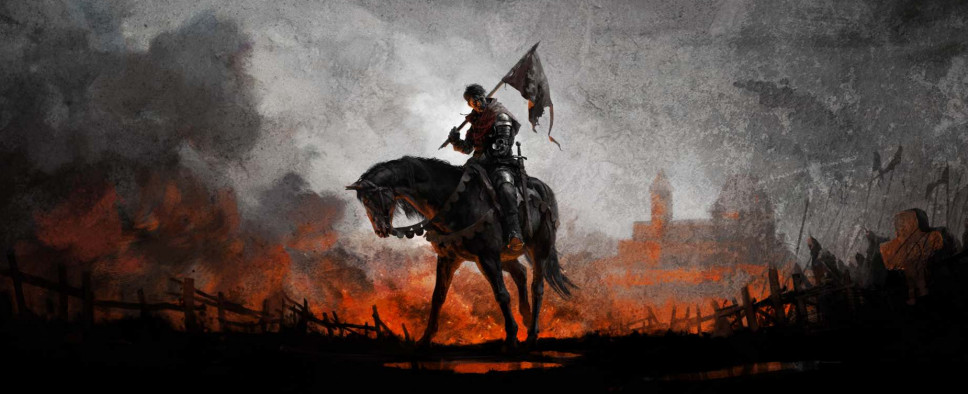Giving Life to 15th-Century Bohemia in Kingdom Come: Deliverance
-
Category: News ArchiveHits: 1713

Game Informer has published a piece on Kingdom Come: Deliverance that focuses on historical realism in the title and includes interviews with developers on the team, consultants, and even a high-level backer on the title's crowd-funding campaign. Here's an excerpt about the work the developers at Warhorse Studios are doing with their historian consultant, Joanna Nowak, and how they balance the need for realism with the need to accomodate for game design and the public's preconceptions and expectations:
In video game design, as in all forms of fiction, realism is a faulty ideal. A game that seeks absolute authenticity in every detail must come undone by both the creator's need to provide adventure, and the consumer's own prejudices and expectations.
Kingdom Come opens in a lane above a village. The meadows are filled with butterflies and flowers, the woods are thick with trees and bushes. Romantic music suggests a yearning for a simpler age.
Partly, this is our medieval idyll, a construct of the post-Industrial Age. It's not entirely wrong, but it's not wholly right, either. It seems unlikely that the verges of village environs, a prime location for the feeding of livestock, would have been lush with thick grass and flowers.
Also, as Vávra explains, the part of the world where this game takes place was famed for its silver mines, which demanded enormous volumes of wood. Such a landscape would have been stripped of forests, and those left behind would likely have been heavily grazed by livestock. But a world denuded of wood and vegetation doesn't sound like fun. The game presents a medieval world that accommodates the needs of video game design and the needs of players, who want to escape to beautiful worlds.
The game progresses through exploration and dialog trees. Our humble blacksmith interviews villagers to solve mysteries and so win rewards. The speech patterns are thoroughly modern.
None of this is "realistic," but it is close enough, a necessary compromise between entertainment conventions and historical accuracy.
Compromise is something that Vávra has learned to live with. His team includes artists, level designers and writers who have specific goals and ideas. So Vávra hired a historian, Joanna Nowak, who is tasked with pushing back, determinedly, at quasi-Hollywood interpretations.
"I'm responsible for the management of texts, literature and visual materials regarding medieval times," she explains. "I point out interesting facts or the latest discoveries. These should be used as an inspiration or support for the designers, scripters or artists at Warhorse. I consult with specialists to make the guys aware if something is OK or really historically impossible."
She attends meetings and looks at assets, offering suggestions and explaining historical realities. But there are compromises.
Two-story buildings in town streets were not as common at the time of this story, as the game suggests. But their addition is deemed necessary to make the towns look more distinct from the villages and more interesting to the player.
Other assets were completed before Nowak arrived at the company, and since creative resources are always carefully marshaled, she has learned to live with them.
"Benches in churches," she says. "According to my knowledge there should not be any at that time. But these elements and all the animations and quests had been prepared before I joined Warhorse, so. it has to stay this way."

